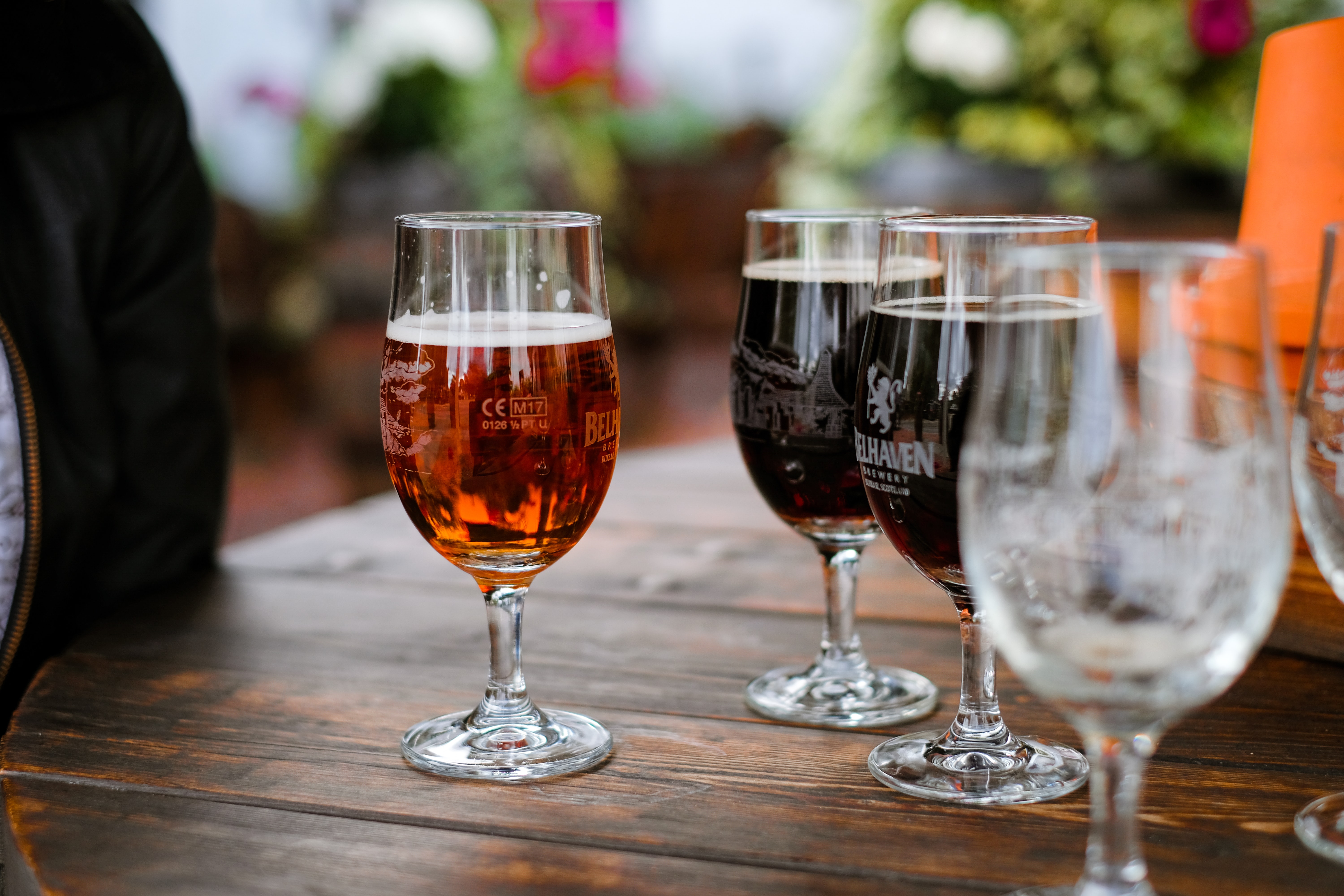To give you some context, the hospitality sector was the third largest UK employer in 2018. There are approximately 3.2 million workers who have been affected by Covid-19 and have either been part of the government’s furlough scheme, or have simply been left jobless.
Interestingly 99% of hospitality businesses in the UK are SME’s, contributing an astonishing £130 billion in annual turnover to the UK economy. Desperate to open their doors, but also keep their staff safe, it will be interesting to see how these businesses adapt to post Covid-19 trading conditions. Will they also take inspiration from our European neighbours, many of whom have successfully opened bars and restaurants for some time now?
Pubs and restaurant have been issued with guidance from the government. Here is what you can expect when you next pop out to whet your whistle:
- No bar service, only table service
- Concierge desks being installed to manage customers
- Max 2 hours booking slots
- Allocated seating
- Sanitising stations in front and back of house
- Closure of smaller bathrooms that don’t conform to distancing rules
If I cast my mind back to last summer, pubs in the City were at least four deep at the bar, heaving indoors and out with City professionals, socialising with colleagues and clients after work. In my industry and many others in the City, these venues are key networking hubs where you can facilitate client meetings with decisions makers, often in groups.
Currently outdoor areas and beer gardens are the only place where up to six individuals can meet from different households. Not only will professionals have to plan well in advance to book an indoor table for networking, but if you book outside space, how will a ‘meeting’ happen if there is an adverse change in the weather, as so often occurs in the UK?
During Covid-19, professional social networking sites such as LinkedIn have seen a huge uptick in customers with on average two users signing up per second, which is just shy of 173,000 people a day. With LinkedIn and other online tools becoming so widely adopted they have the ability to change the shape of networking altogether. I can see a world where a Zoom call replaces the traditional face-to-face, and a ‘Connect’ request is the new handshake. However, can these forms of remote networking really enable professionals to build the long lasting relationships that face-to-face meetings achieve, in the pub or at the office?
Distancing has become a part of daily life and combined with the ever looming threat of being clobbered by another pandemic, pubs will truly have to invest in turning al fresco to accommodate its usual consumer, or the future of networking may well be digital.


